There are two types of people who drown: one mistakenly believes they can swim, and the other has lost their respect for the water.
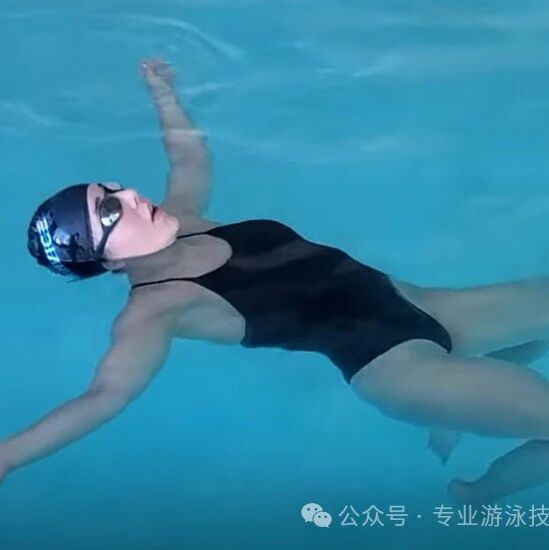
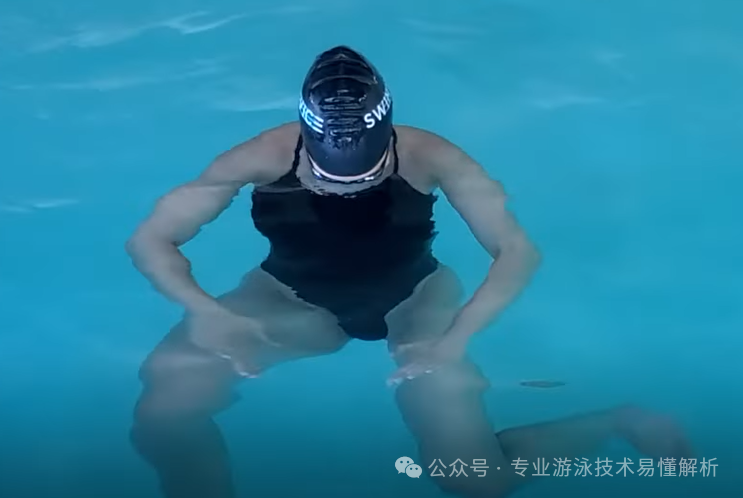
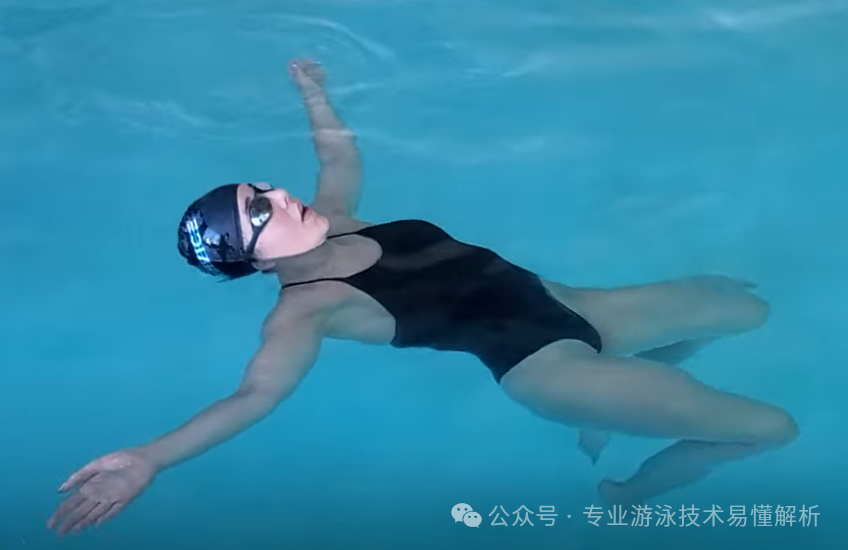
1. Learn to scull, head-up frog kick, back float, and horizontal roll
There are two scenarios: one involves beginner swimmers, who may feel frightened when the water depth exceeds their height; the other involves children who grew up playing in the water and have no fear of it at all—but haven’t yet mastered swimming skills. Both situations carry a heightened risk of drowning.
There’s only one way to overcome fear: face it head-on by continually learning about and familiarizing yourself with the environment that triggers your fear. Just like floating up and down in deep water, feel how the water buoyantly supports your body. Once your body naturally starts to rise as you relax, you’ll gain a deeper understanding of the sensation. With this newfound awareness, practicing the "sculling" technique will become twice as effective.
You can tread water using sculling motions with your hands, frog kicks, or freestyle kicks—or even a combination of all three. Whichever method you choose, being able to comfortably stay afloat for just one minute is enough to help overcome your fear.
For swimmers who enjoy open-water swimming, mastering the breaststroke with head-up is essential—beyond freestyle and traditional breaststroke. This technique allows swimmers to constantly monitor their surroundings and stay prepared for unexpected situations, making it an incredibly practical and useful swimming style.
Treading water is the go-to lesson for many swimming instructors, but even more crucial than treading is mastering the horizontal roll. Becoming comfortable with this skill allows swimmers to effortlessly transition from a prone position to a backfloat—no matter the situation—making it an invaluable technique for self-rescue.
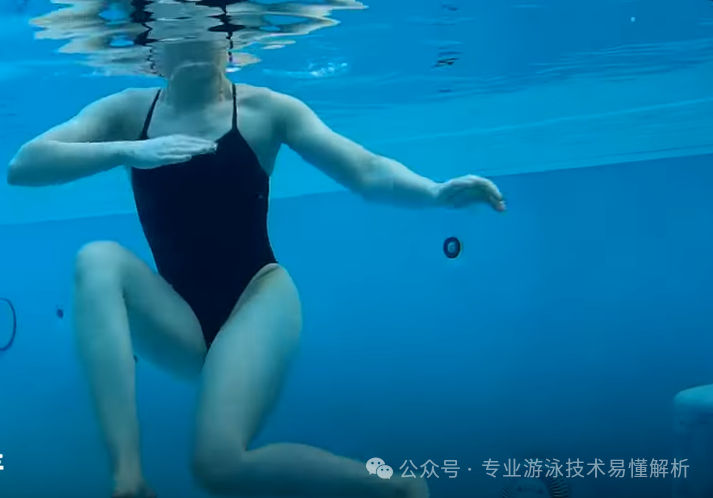
2. How to handle unexpected collisions, leg or foot cramps, and accidental water inhalation while swimming
Swimming in both pools and open water can lead to unexpected situations, such as being struck by something, experiencing leg or foot cramps, or accidentally swallowing water. Regardless of how deep you are in the water, the key to handling these incidents is to immediately stop breathing—specifically, avoid involuntarily taking an instinctive breath, which could trigger more severe choking and, in turn, cause panic and disorientation.
After pausing your breathing, stay calm and quickly surface to take a breath. Assess the water conditions and your own physical state, then ease back into a relaxed, enjoyable swimming posture. Most swimmers can comfortably hold their breath for 30 seconds to less than a minute—enough time to handle common unexpected situations.
However, every effort should be made to prevent accidents—such as occasionally lifting your head while freestyle swimming to check your surroundings, or switching briefly to breaststroke to take in your surroundings. Before entering the water, warm up properly, and if you start feeling cramps in your legs or feet, ease off the kicking motion, slowing down your rhythm. If cramping has already set in, forcefully pushing off with your legs—about 5 to 6 times—can usually help relieve or even eliminate the spasm. Alternatively, you can adopt the "head-up breaststroke" technique, allowing yourself to swim while calmly waiting for the cramp to subside on its own. This is especially important if you experience water inhalation; promptly switching to the head-up breaststroke or rolling horizontally into an position can help you avoid unnecessary panic and tension.
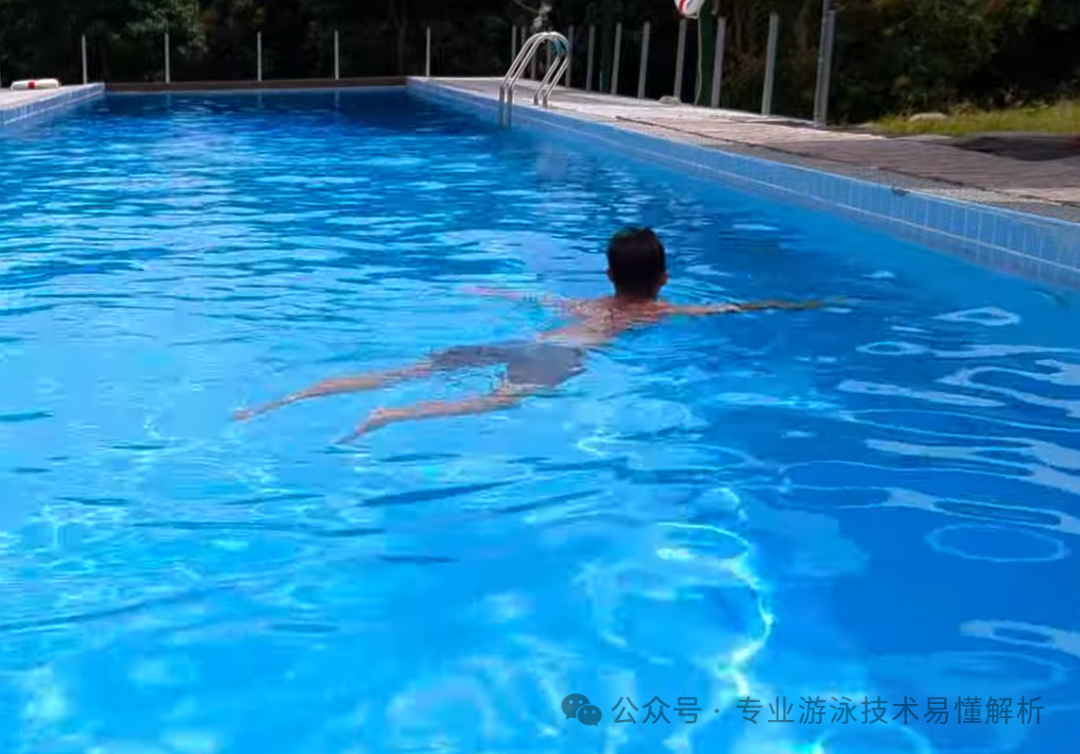
Finally, it’s important to note that water deeper than your height marks the initial deep-water zone. However, when the depth exceeds 2 to 3 times your height—or even more—you’ll need to practice vertical swimming repeatedly. Make sure that, within your personal breath-holding capacity, you can comfortably rise back to the surface at your usual vertical swimming pace. Otherwise, avoid diving too deep. Remember, swimming and diving are entirely different skills. Always maintain a sense of respect for the water, continually refine both your swimming technique and water confidence, and most importantly, enjoy the sheer pleasure of swimming!
Thank you for your supportive and encouraging likes, as well as the comments that spark meaningful conversations—and even more, we’d love to see those shares and retweets!
Related Articles

A useful fallacy: deliberately avoiding focused leg-kicking practice can actually help you master it better.
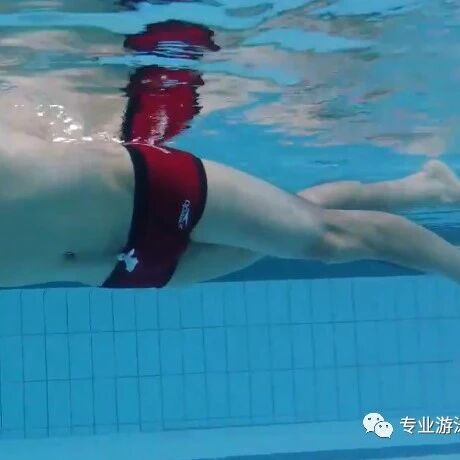
The key to improving swimming speed: your hips matter more than your shoulders.
